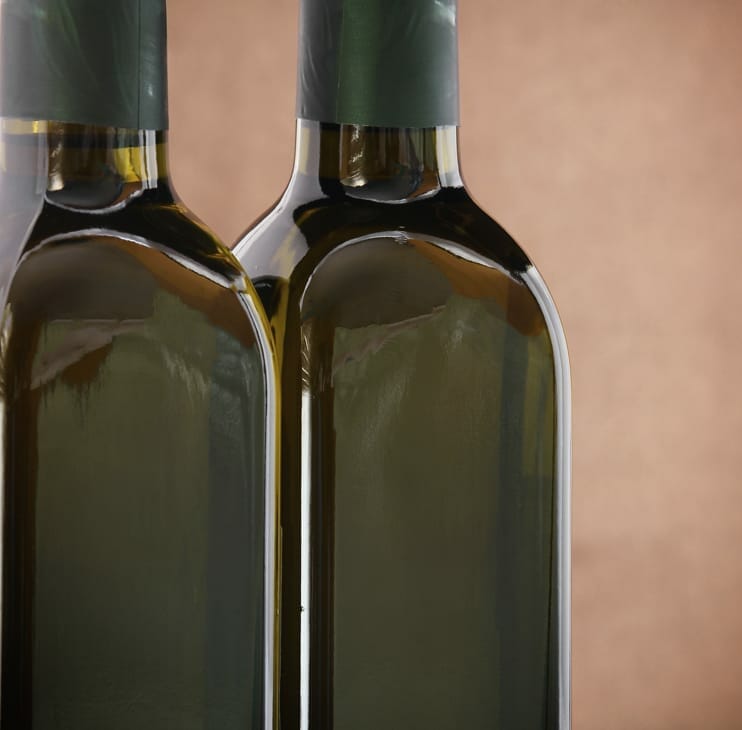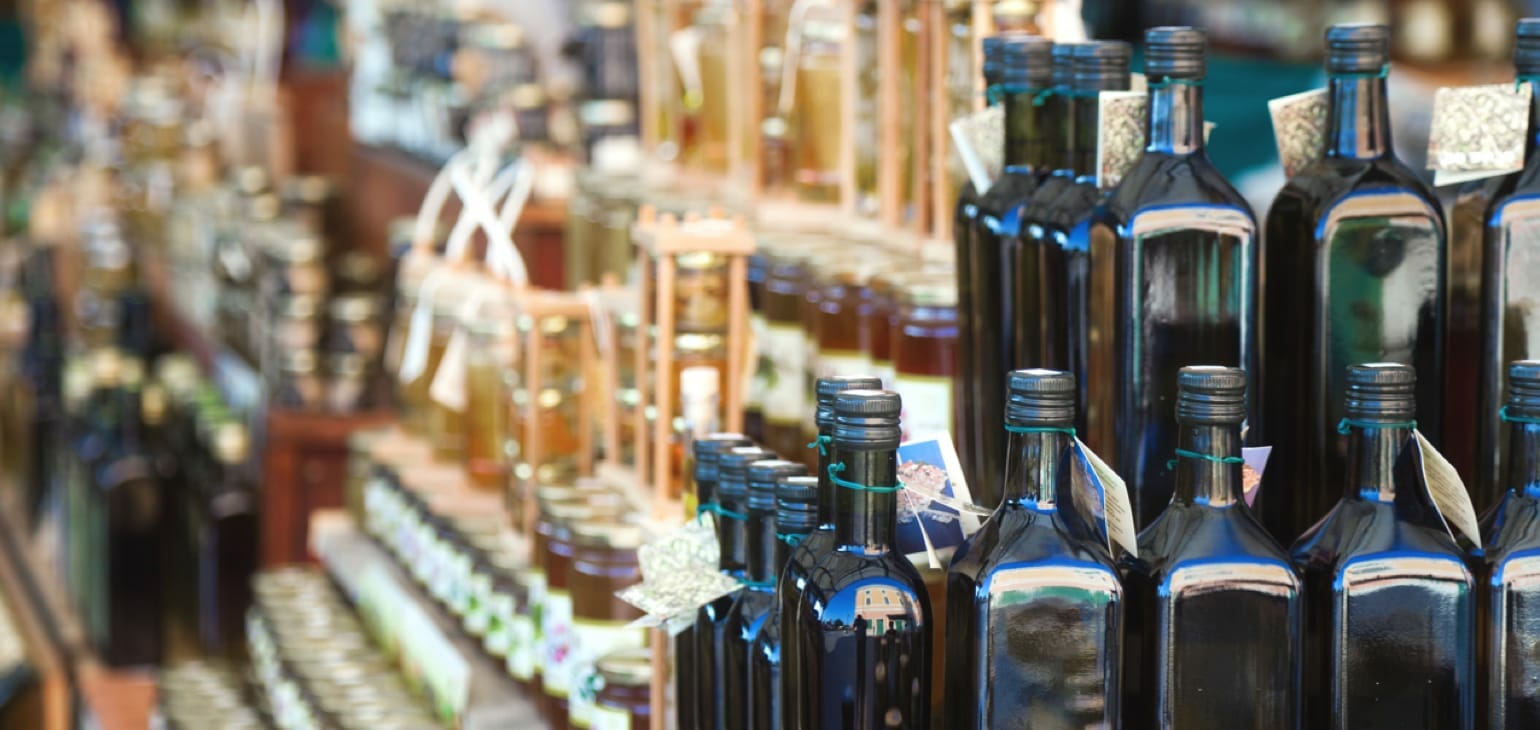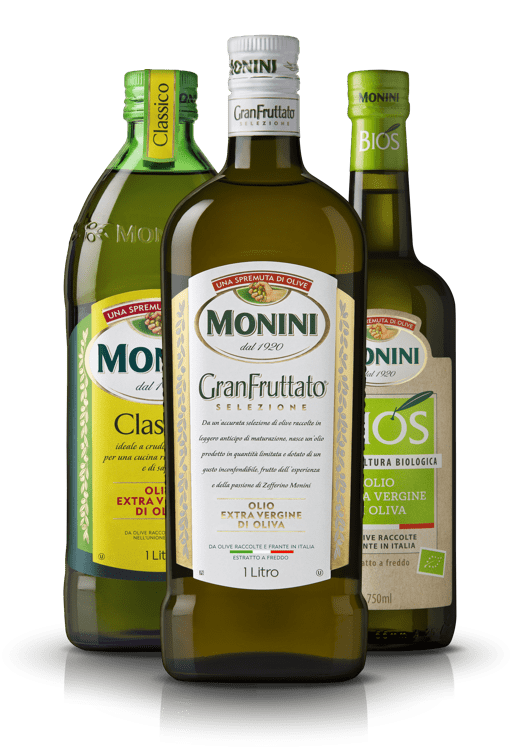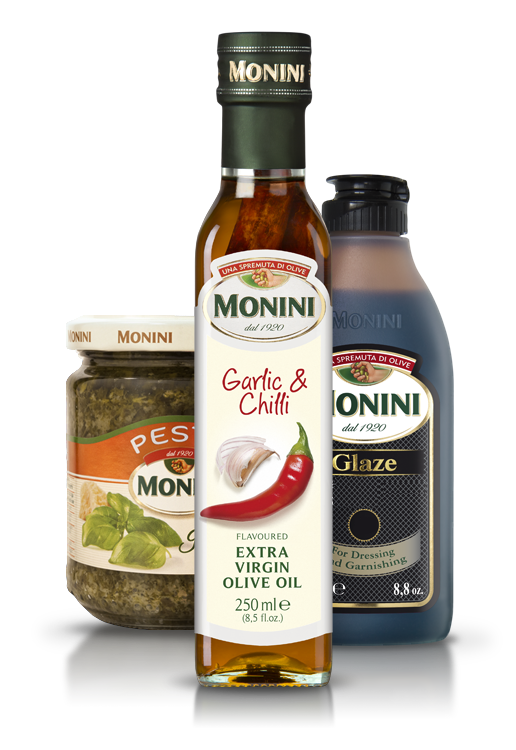Sustainability Plan 2030
• Our sustainability planHOW TO STORE OIL
Some precautions to store oil and preserve its characteristics.
GENERAL RULES
Oil is subject to some natural oxidation processes, which can be accelerated by exposure to light, heat and air. It is useful to learn and follow some good conservation practices is useful to maintain its integrity.

FOREWORD: OIL COLOUR
Extra-virgin olive oils can vary in colour from intense green, to green with hints of yellow, to intense yellow with hints of green. The colour differences depend on many factors, above all the variety of olives and their ripeness, but also the type of extraction machine and the way it is used. No colour is in itself an indication of good or poor oil quality, except for red tones: these are caused by chlorophyll degradation and beta-carotene, and appear when oil has been exposed to light. In this case, the green colour of chlorophyll fades, and the dark-reddish colour of carotenoids become visible (while usually they are well-masked by the green chlorophyll).
LIGHT
Whether direct or indirect, light damages oil’s chemical, physical and organoleptic characteristics. For this reason it is important to store it away from direct sunlight or bright lamps.
For longer periods of time, a dark, cool place is preferable. Incorrect storage of oil before sale (for example during loading and warehouse storage phases) can be equally as damaging.
AIR
Remembering to put the cap back on the bottle is important to avoid contact with oxygen, which can accelerate the process of oil oxidation.
Oil cruets certainly have an antique, traditional charm, but there is nothing like them to ruin even the best extra-virgin olive oil.
Only in rare cases do they have a lid, and therefore the little oil they contain is exposed to a significant amount of oxygen.
Since the container is constantly refilled, every time we add fresh oil to the cruet, the old oxidised oil that remains in the bottle acts as a perfect trigger for the oxidation process to start all over again.
A few years ago cruets were banned in restaurants and places that serve food.

HEAT
The presence of solid lumps (similar to very pale rice grains) means that the oil has been stored at low temperatures and has solidified. This doesn’t affect its nutritional and organoleptic characteristics; as soon as the oil is returned to a warm environment, it will go back to a liquid state.
On the other hand, extreme temperatures affect the oil’s quality; the preservation of any food is negatively affected by an excessive environmental temperature, and olive oil is no exception.
Therefore, oil should be stored between 12º and 20º-25ºC.
OIL’S EXPIRATION DATE
All food is either marked “use by” or “best before”.
Food marked “use by” can easily spoil from a microbiological point of view, and if consumed after that date it could represent an immediate danger to health. It is a criminal offence to sell expired products, and consumers should avoid them.
In foodstuffs marked “best before”, including oil, the date on the packaging is the date of minimum durability: this indicates the date by which the manufacturer guarantees that, if stored properly, the product will retain its aroma and quality.
After the date marked on the packaging, the product remains “safe” for health and can legally be sold and consumed; however, its quality can be below the usual standard.
In Italy, the date of minimum durability must be under 18 months from the packaging date, but Monini set it to 12 months: not because its products have a shorter shelf life, but because it wants to offer its customers a product that’s as fresh as possible.


